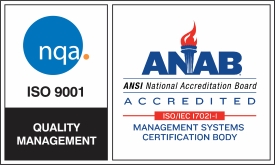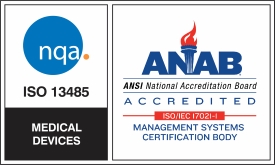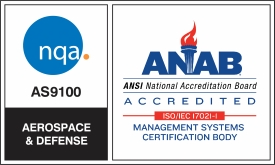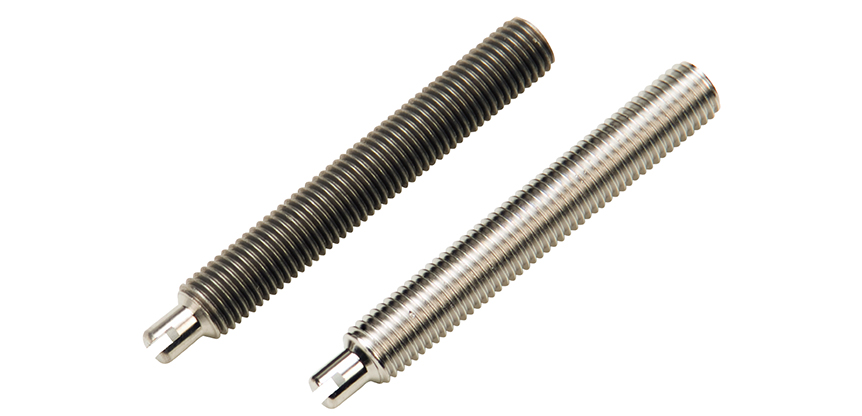Metal parts used by the food and beverage industries are subjected to heavy use, harsh environments and potentially corrosive cleaning chemicals on a regular basis. Because of this, these industries rely heavily on metal finishing operations that can improve the life of their parts while ensuring their safety and aesthetics. Does electropolishing provide the benefits that they need?
Removing Heat Tint
When stainless steel parts like wire racks are welded, it leaves discoloration that can negatively impact their corrosion resistance. Electropolishing stainless steel is a process frequently used for removing heat tint, not just for its aesthetic value, but for its safety.
The heat affected zone of a metal part has lower resistance to corrosion, making removing the heat tint a critical operation not just for looks, but for longevity. Electropolishing stainless steel parts like these improves corrosion resistance in the heat affected zone, so the welded parts frequently used by the food and beverage industries last longer without corroding.
Cleaning and Corrosion
Because they commonly come into contact with food and drinks, the parts used by the food and beverage industry must be highly sanitary and resistant to corrosion. Metal parts with surface imperfections can harbor moisture and bacteria, making them less sanitary and more likely to corrode over time—even when frequently cleaned.
Electropolishing stainless steel parts creates a lasting finish even when those parts are regularly exposed to moisture and cleaning supplies, making regular cleaning operations more efficient. The process creates a surface that resists product adhesion and eliminates the micro imperfections that harbor bacteria like Salmonella.
Because of these benefits, electropolishing isn't just safe for the food and beverage industries—it is increasingly the preferred finishing method for them, improving the longevity, safety and ease of use for their various parts.




